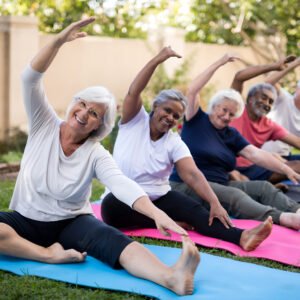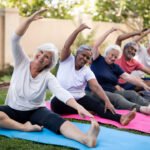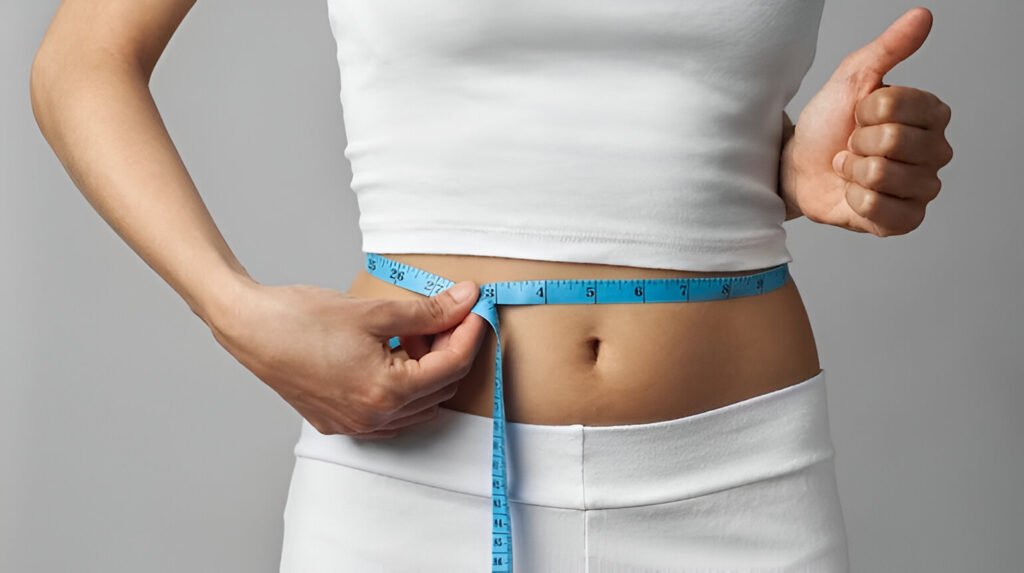
With the quick pace of development in modern medicine, cancer continues to be one of the most complicated and dreaded diseases in the world. Although treatments have improved, and most forms of cancer are now controllable through early detection, no cure exists across the board. What makes cancer so difficult is its capacity to strike almost any organ and to recur, sometimes more aggressively.
But the good news is experts are in accord that even if cancer can’t always be cured, it can largely be prevented. And new research is illuminating easy, daily habits that can lower the risk of developing invasive cancers—by as much as 60%.
The Power of Three: Vitamin D, Omega-3, and Exercise
Groundbreaking research called the DO-HEALTH trial provides hope of cancer prevention. The study, conducted among over 2,000 healthy older adults aged 70 and older from a number of European countries, monitored the effect of three interventions: vitamin D supplements, omega-3 fatty acids, and basic strength-based home exercises. Participants were allocated into different groups receiving one, two, or all three interventions over a period of three years.
The single most impressive outcome? Those who practiced all three habits had a 61% reduced risk of invasive cancer compared to none of the three.
Let’s break down how each part works:
1. Vitamin D
Though understood to contribute to bone health, vitamin D also has a significant function in controlling cell growth and decreasing inflammation—two components essential to cancer protection. In the DO-HEALTH trial, participants took 2,000 IU of vitamin D3 per day, which improved immune function and slowed the growth of abnormal cells, perhaps.
2. Omega-3 Fatty Acids
Located plentifully in fish oil, omega-3s are renowned for their anti-inflammatory abilities. They ensure healthy cell membranes and can possibly prevent normal cells from developing into cancerous cells. In the research, a daily intake of 1 gram of omega-3 played an important role in the decreased cancer risk.
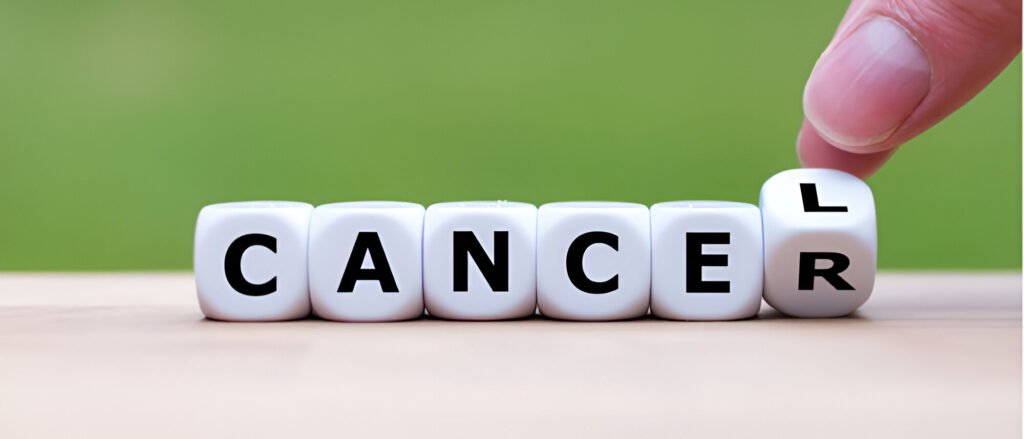
3. Moderate Strength Exercise
Exercise enhances immune function, decreases inflammation, and aids in the regulation of hormones such as insulin—elevated levels of which are linked to elevated cancer risk. A home strength exercise program for older adults, with emphasis on muscle strength and balance, was the intervention used in the study. A regular activity level also aids weight maintenance, another important cancer prevention factor.
What accounted for the difference in this research was not only the independent effect of each habit but also the synergy produced when taken together.
More Proven Means to Reduce Cancer Risk
Although the DO-HEALTH trial is conducted on older adults, its results apply to all age groups. Actually, there are some well-established lifestyle factors that can further reduce the likelihood of getting cancer. Following areen of the most recommended habits from top medical professionals:
1. Stay Away from Tobacco
Smoking and tobacco consumption continue to be the greatest causes of preventable cancer. It’s associated with lung, mouth, throat, pancreas, bladder, kidney, and other cancers. Even secondhand smoke poses risk. Quit all tobacco products and consult a professional if you are attempting to do so.
2. Follow a Cancer-Protection Diet
Eating a healthy, plant-based diet could reduce cancer risk. Emphasize:
lots of fruits, vegetables, and whole grains
Reducing red and processed meats
Decreasing refined sugars and unhealthy fats
The Mediterranean diet, which is full of plant foods, healthy fats such as olive oil, and fish instead of red meat, has proven to reduce the risk of breast and other cancers.
3. Stay Healthy and Active
Obesity heightens the risk of a number of cancers, such as those of the breast, colon, liver, and kidney. At least 150 minutes of moderate aerobic physical activity or 75 minutes of vigorous physical activity per week. Consistency is more important than intensity—get something you like to do and keep at it.
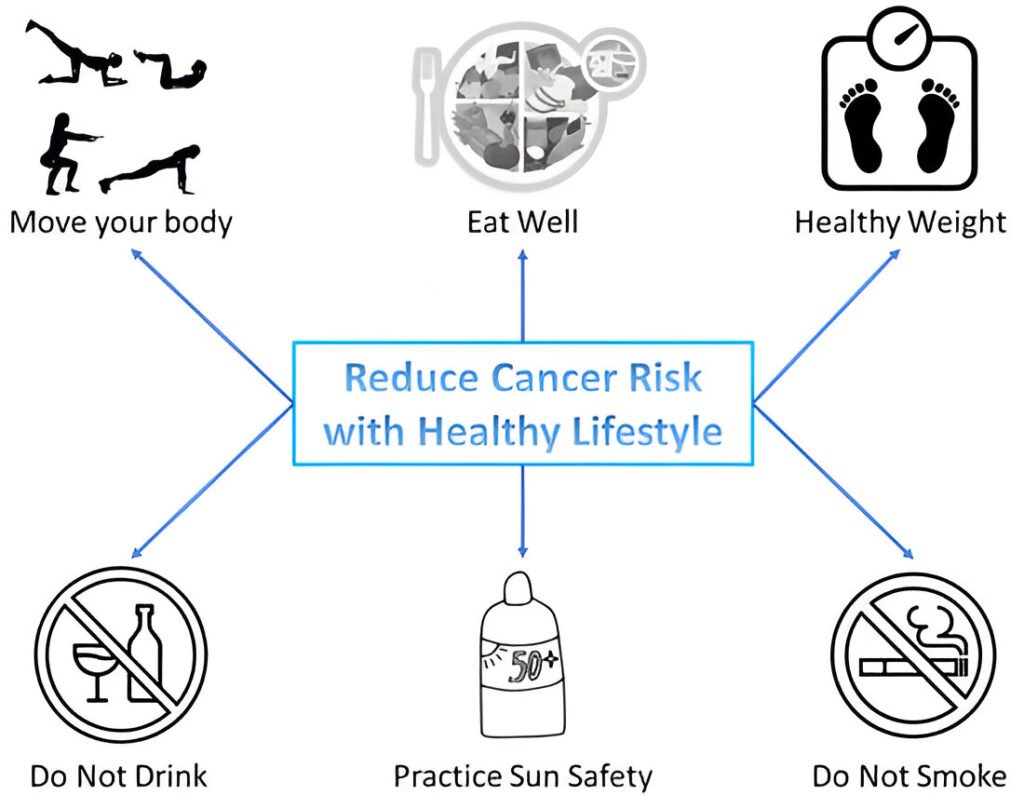
4. Shield Your Skin
One of the most preventable cancers is skin cancer. Use sun protection.
Steer clear of sun exposure between 10 AM and 4 PM.
Use broad-spectrum sunscreen with a minimum of SPF 30.
Wear protective clothing and avoid being in the sun.
Avoid tanning beds and sunlamps.
5. Get Vaccinated
Vaccines can prevent some virus-associated cancers:
The hepatitis B vaccine can reduce liver cancer risk.
The HPV vaccine prevents cervical and other genital cancers and head and neck cancers.
6. Practice Safe Behaviors
Lower your risk of infection-caused cancers by:
Practicing safe sex and having fewer sexual partners
Not sharing needles
Seeking help for substance misuse if needed
These measures help avoid viruses like HIV, HPV, and hepatitis that are strongly linked to various cancers.
7. Get Regular Screenings and Check-ups
Routine screenings and self-examinations can detect cancers like breast, colon, cervical, and skin cancer at an early stage when treatment is most effective. Consult your healthcare provider about which screenings are appropriate for your age and health history.
Final Thoughts
Preventing cancer is not about taking one “magic bullet.” Rather, it is about incorporating a series of small, sustainable lifestyle modifications that cumulatively lower risk over the course of time. The synergy of vitamin D, omega-3 fatty acids, and exercise—demonstrated in DO-HEALTH—is only one manifestation of how daily actions may translate to long-term health gains.
Educate yourself. Make mindful choices. And become proactive today to achieve a healthier, cancer-proof tomorrow.
